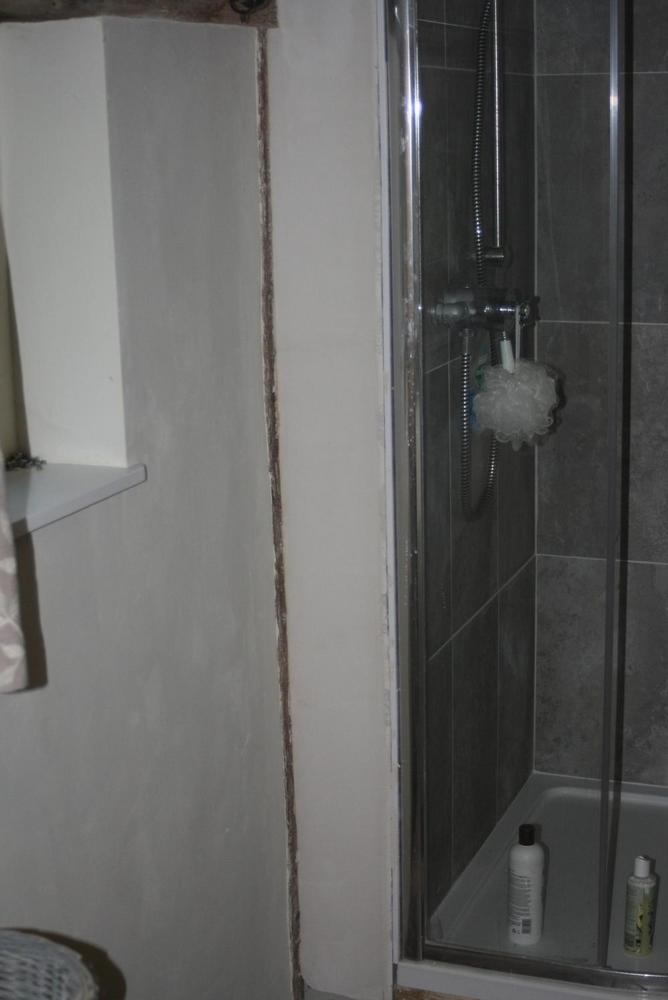Hi folks.
Intending on fitting a shower in the corner of a brick walled bathroom.
What's the correct procedure for chasing the pipes into the brick wall?
Do I need to sleeve them in larger pipe or insulation? Do I pack bonding plater in afterwards to help lock everything into place before tanking and then tiling?
Some youtube vids show anything from 22mm pipe sleeve to plastic piping that's been cut and rejoined with gaffer tape?
Doing the work is easy, just getting the low-down on the correct procedure seems to be a bit more tricky!
Intending on fitting a shower in the corner of a brick walled bathroom.
What's the correct procedure for chasing the pipes into the brick wall?
Do I need to sleeve them in larger pipe or insulation? Do I pack bonding plater in afterwards to help lock everything into place before tanking and then tiling?
Some youtube vids show anything from 22mm pipe sleeve to plastic piping that's been cut and rejoined with gaffer tape?
Doing the work is easy, just getting the low-down on the correct procedure seems to be a bit more tricky!


































